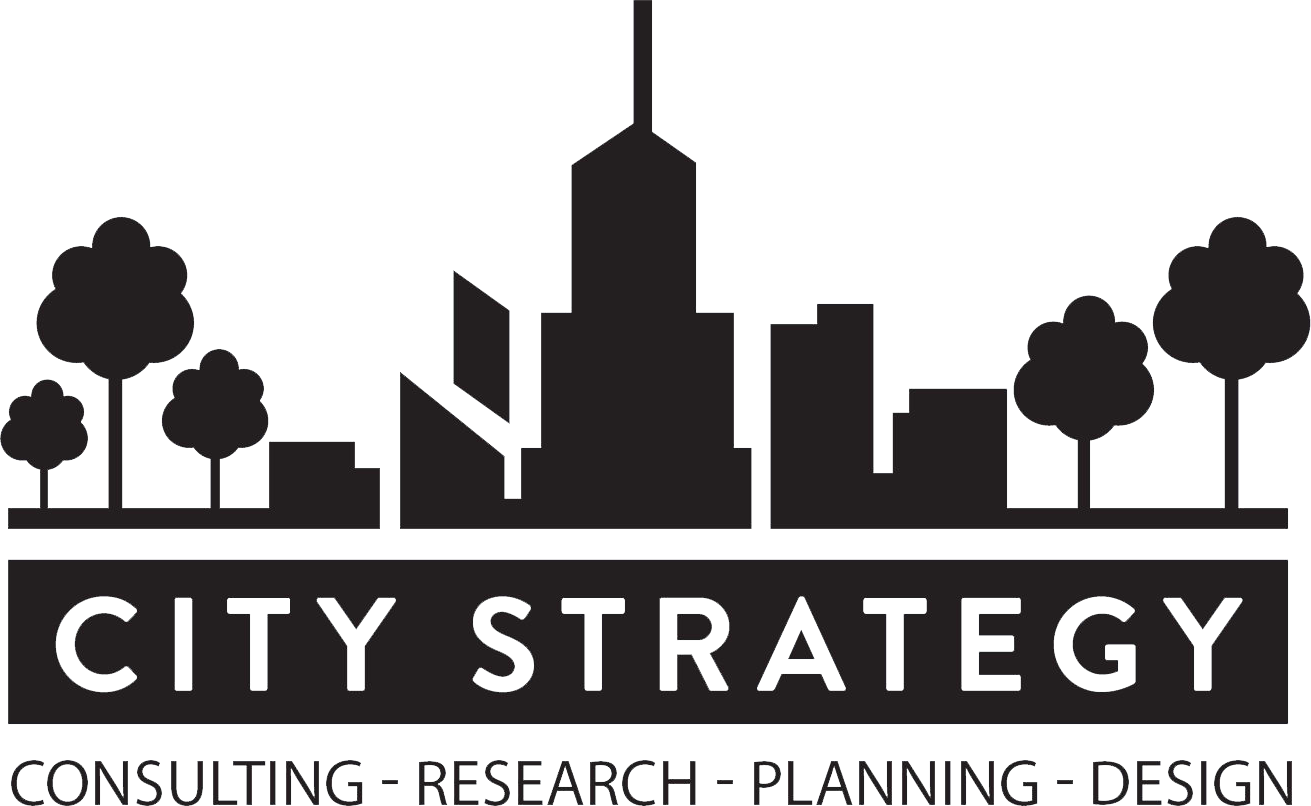How often have you seen a sign a “No Ball Games” sign on a diminutive piece of lawn adjacent to a housing development?
It’s infuriating on two counts. First, it’s often drawing attention to how small and useless these non-specific bits of landscaping really are. Secondly, it’s simply dispiriting for children to be told that they are not welcome to play on a piece of land which is often the only green space within walking distance.
It’s time we put play into the centre of cities.
UN Convention on Rights of the Child Article 31 states that: “children have the right to rest, relax, play and to take part in cultural and creative activities”. Play is fundamental to the personal and social development of children and also plays a huge part in their educational development.
There is no excuse, we have known this for decades. Former Prime Minister David Lloyd George said:
“The right to play is the child’s first claim on the community. Play is nature’s training for life. No community can infringe that right without doing enduring harm to the minds and bodies of its citizens.”
In the UK during lockdown, 12% of families in the UK had no access to a private or even shared garden space. In London, that was 21% – more than one in 5. The rate of households without a garden was higher among ethnic minority groups, with black families in England four times less likely to have a garden than white families. (Source: Office of National Statistics).
Yet even for those with a garden, gardens in London are 26% smaller than the national average. (Source: Office of National Statistics).
COVID-19 has had a chilling effect on children’s play. For the first lockdown when it was thought that touch was a primary factor in the spread of coronavirus, play equipment across the UK and in other countries was sealed off by local authorities as “unsafe”.
In a 2021 survey for Natural England about the effects of the Coronavirus pandemic, 62% of children reported having spent time in a park that week, but 56% of 8-11 year olds reported that park closures due to the virus had stopped them spending time outside, and 60% of children reported that they were spending less time outside than before the virus. (Source: UK Government People and Nature Survey)
Even before the pandemic, today’s children spend less time playing “freely” outside than their parents’ generation. According to a study in 2018, it’s 35% less free unstructured outdoor play. (Source: Businesswire)
Parents have become more risk averse, and children are finding structured extracurricular activity plus home-based indoor play options such as video games eat into time that previously would have been spent in play.
So what can cities do to reverse the decline, create or revitalise play spaces, and encourage our kids back outside?
One of the answers is to create more attractive play spaces in urban areas where kids have limited access to private gardens.
Temporary uses of existing space, including sites cleared for future redevelopment, allows for the introduction of very large new play installations in city centre locations.
During the London 2012 Cultural Olympiad, the UK Legacy Trust funded a programme called “somewhereto” where owners of large spaces would allow them to be used for sport or creative activity. Among the more eye catching temporary space uses was allowing skateboarding in the main hall of the Tate Modern – “Skate the Tate”. The aim was to answer the perennial problem for young people who just want “somewhere to . . .” hang out, play games, try things, be creative.
Temporary space can offer some great opportunities but if we are ever going to reverse the playspace decline in cities, we need to start looking at some permanent changes.
The first option must be to insist that new housing developments meet at the minimum the play requirements of the children who are going to live there. We cannot bring new kids into the city without at least keeping pace with this new demand.
In many cities, access to play space is already theoretically a condition of granting permission to develop. But it is almost never properly enforced.
In London for example the London Plan play space calculator suggests 10 square metres of play space for every child in a new development. For a typical new tower in Tower Hamlets, with a mix of 1,2,3 and 4 bed units, the play space calculator might throw up a number of 200 children and a space requirement of 2000 sq m. That’s the equivalent of two five-a-side football pitches. But this amount of play space is almost never delivered. Instead balconies and some indoor space is designated as play space, a small outdoor space with 2 or 3 pieces of play equipment is installed, and a financial contribution is made to an existing park or playground nearby.
As any parent will tell you, this doesn’t really work. Only the very youngest toddler will find a playground with only 2 or 3 pieces of equipment diverting for more than 5 minutes, while a large play space with dozens of different things to try – full of other children – may actually hold their attention for a whole day.
The second option is to incorporate child friendly playable space into commercial or public buildings.
The roof garden on the top of the new Elizabeth Line station at Canary Wharf is a good example. It’s not a designated playground but the pathways through lush jungle-style vegetation, the unexpected open spaces, the easily climbable walls and performance space all lend themselves to the imagination of children. The planting, which is themed around the original ports of origin for the cargo which came into the dock, is both educational and fun. On the West side you are invited to imaging yourself in a lush American rainforest, on the East side, an Asian bamboo jungle. Regular exhibitions and events, most recently an interactive birdsong in the trees, and over Winter an immersive light installation, makes this a joyful place of fun. Yet fundamentally, it’s an express metro station in a business district.
The third option for new play space is to find more ways to squeeze play in to existing spaces.
Not far to the east of Canary Wharf, the River Lea once meandered through unwelcoming industrial sites on its way down through Newham and Tower Hamlets to the Thames. Now after the London 2012 Olympics it has been physically improved, and an open air art gallery and walking trail called “The Line” has been installed. The Line includes some child friendly sculpture as well as walking and exercise trails making the whole river walkway from the Thames up to the Olympic Park a playground. It’s also made what was a once scruffy riverside walk, which could be intimidating, a much more appealing walking route for everyone, particularly in the evenings.
The fourth option is to open access for children to the spaces which already exist and designate spaces for play. Where there are large parks, or open ground, public realm or car parks, let’s install a barrier, plant it up and put in some play equipment. There’s plenty of funding from the developers who have paid cash rather than accommodate the 2 five a side pitches in their towers.
Every neighbourhood in the city of the future should have a major play space – one that is within easy walking, cycling or quick public transport access from the home and which has enough excitement and interest to keep children happy for a morning or an afternoon. Even better if there’s staff on hand, and a café or other indoor facilities for parents to meet or even to work, knowing that their children are safe within a gated play environment.
We should also start appointing Deputy Mayors or Commissioners for Children in major cities. They are the most disadvantaged group on the planet in some ways as there are literally no elected representatives on city authorities their age, no full-time officers, and very few cities have any youth advisors. They can’t vote, either. Yet globally around 26% of the population are under 16. In cities, it is often even higher. There are 1.7m children under 18 in New York City, 2m in London and more than 4 million in Mexico City.
Put it another way, in some of these global cities there is a hidden city the size of Philadelphia made up entirely of children.
These children are the leaders, parents, teachers and entrepreneurs of the next 20 years. Today’s 8 year olds are the voters of 2032 – perhaps only three elections away. They won’t be picking Biden’s successor, but they might very well be picking the 49th President. They are quite literally the future of our cities. But among them are also the criminals, drug addicts, and lonely recluses of the future too. Time and effort invested in them today will have a big impact on the problems of tomorrow.
A Deputy Mayor dedicated to Children and Play, not as an “add-on” to Education responsibilities or some other brief, is the least we can do to concentrate efforts on improving the city for kids.
There are some pioneers around the world. New York’s Office of Families and Children has some great initiatives as well as its own Deputy Mayor, and there is a Children’s Cabinet to coordinate policy affecting children. Canada’s 880 cities movement (https://www.880cities.org) aims to get city planners to remember the 8 year olds and the 80 year olds in their thinking and plan space which meets the needs of both.
It’s not just children who will benefit.
If you see the city through the eyes of a child, you make it better for everyone. Cities designed to be fun and safe for children are also fun and safe for adults. Streets that are safe for a toddler will also be safe for other vulnerable residents such as older people and visually impaired people. Sidewalks and public transport systems that work for buggies and prams also work for wheelchairs, or for people with heavy luggage, or bicycles. Children and young people with access to good play space don’t end up playing on the streets, creating the impression of anti-social behaviour or worse, getting into real bad behaviour.
So let’s start looking at our cities through the eyes of a child again, and making sure that in the rest of the 21st century no urban child will ever have to go without space to have fun.
Let’s rip up the signs telling our children they aren’t welcome.
Let’s play.

